Heroin is a highly addictive substance that impacts individuals, families and society as a whole. Besides addiction, some of the consequences of heroin abuse include an increased risk of exposure to infectious diseases like hepatitis and HIV/AIDS and an increase in violence and crime. Use of this opiate drug has grown in the U.S. since the 1990s, creating a pressing need for heroin detox and rehab.
Fortunately, heroin addiction is a chronic disease that can be successfully treated. Because the physical withdrawal symptoms are extreme, cessation of heroin use should take place in a detox and rehab facility. Sweating, muscle aches, anxiety, nausea, vomiting and diarrhea are some of the symptoms associated with heroin withdrawal. These symptoms increase in intensity for the first 48 to 72 hours, then may plateau and continue for 7 to 10 days. Heroin withdrawal is rarely fatal, but it is so acute that it has a high failure rate when attempted without professional support.
A heroin detox and rehab facility can help control withdrawal symptoms with medication and medical support. Methadone, a synthetic opiate that eliminates withdrawal symptoms and blocks the effects of heroin, is the most common pharmaceutical used for heroin addiction. Other medications such as buprenorphine are also used for heroin detox and rehab programs deal with addiction on multiple levels. There should be some level of personalization in order to effectively treat each individual case of addiction. Besides physical withdrawal, the psychological and emotional issues must be addressed. Treatment programs that provide medication as well as one-on-one therapy, group sessions and exercise provide the best environment for overcoming heroin addiction and gaining necessary skills for living heroin-free in the real world.

